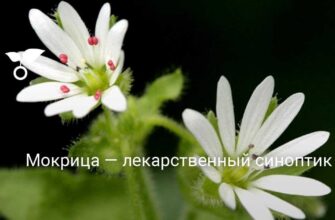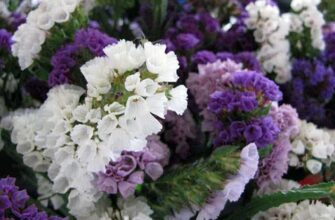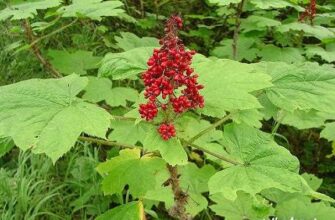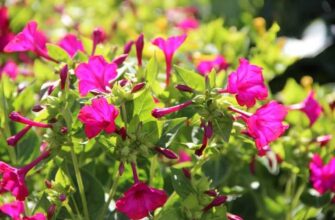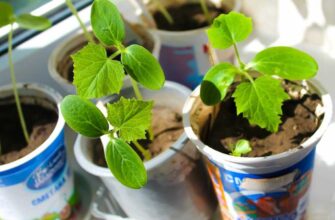- Почему важна подготовка грунта
- Определение состава грунта
- Анализ кислотности почвы
- Кислотность почвы
- Методы измерения кислотности почвы
- Улучшение плодородия грунта
- Установление оптимального уровня влажности
- Применение органических удобрений
- Разрыхление грунта
- Борьба с сорняками
- Методы борьбы с сорняками
- Защита от вредителей
- Использование биологических препаратов
- Применение механических барьеров
- Применение химических препаратов
- Правила использования минеральных удобрений
- Выбор и пропорции
- Время и способ применения
- Совместимость с другими удобрениями
- Вопрос-ответ:
- Какой грунт лучше использовать для выращивания рассады?
- Что нужно сделать перед посевом рассады?
- Какие ингредиенты можно добавить в грунт для выращивания рассады?
- Можно ли использовать обычный садовый грунт для выращивания рассады?
- Как правильно подготовить грунт для рассады?
Подготовка грунта для рассады – важный этап возделывания растений. От правильной подготовки грунта зависит успешное развитие рассады и ее последующий урожай. Грунт, на котором будет выращиваться рассада, должен быть плодородным, содержать необходимые питательные вещества и обеспечивать хорошую вентиляцию корневой системы растений.
Первым шагом в подготовке грунта является очищение от сорняков и посторонних предметов. Затем производится рыхление почвы с помощью лопаты или граблей. Обязательно удаляются крупные комки земли.
Далее проводится подготовка питательного грунта для рассады. Важно соблюдать пропорции компонентов, чтобы обеспечить растениям все необходимые элементы. В состав питательного грунта обычно входят перегной, торф, песок и минеральные добавки. Смесь грунта должна быть рыхлой и хорошо удерживать влагу.
Перед посевом рассады, грунт следует обработать специальными препаратами, чтобы защитить растения от возможных болезней и вредителей. Это поможет обеспечить здоровый рост рассады и повысить ее устойчивость к внешним неблагоприятным условиям.
Почему важна подготовка грунта
Подготовка грунта является одним из ключевых этапов при выращивании рассады растений. Важность этого процесса заключается в том, что качество грунта непосредственно влияет на рост и развитие растений, и, соответственно, на результаты их последующего выпуска на грядки или клумбы.
Первоначальная подготовка грунта позволяет обеспечить оптимальное питание растений. Здоровая рассада требует доступности необходимых питательных веществ, которые она извлекает из почвы. Недостаток какого-либо элемента может привести к замедленному росту растений или даже их гибели. Подготовка грунта включает в себя внесение органических и минеральных удобрений, что обеспечивает достаточное питание растений и положительно влияет на их рост и развитие.
Кроме того, подготовка грунта также способствует улучшению его физических свойств. Грунт должен обладать определенной структурой, в которой есть достаточное количество воздухопроницаемых пор, что обеспечивает доступность кислорода для корней растений. Также важно обеспечить хорошую влагоудерживающую способность почвы. Подготовка грунта включает проведение мероприятий, таких как рыхление, добавление компоста и определенных добавок, которые позволяют улучшить структуру почвы и создать оптимальные условия для корневой системы растений.
В конечном итоге, правильная подготовка грунта для рассады обеспечивает успешное развитие растений и повышение их сопротивляемости к болезням и вредителям. Здоровая и крепкая рассада является основой для успешного выращивания растений на дальнейших этапах. Поэтому важно уделить должное внимание подготовке грунта и провести все необходимые мероприятия для создания благоприятных условий для выращивания рассады.
Определение состава грунта
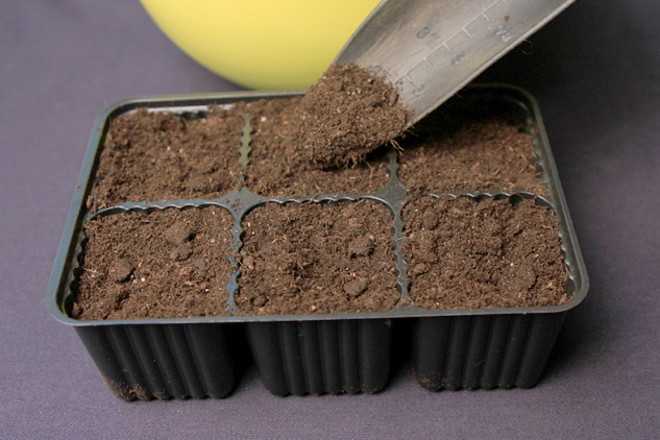
Определение состава грунта является важным шагом в подготовке грунта для рассады. Это позволяет определить содержание питательных веществ, pH уровень, структуру и текстуру грунта. Различные типы грунтов имеют различный состав, что может влиять на рост и развитие растений.
Для определения состава грунта можно использовать различные методы и инструменты. Например, можно воспользоваться химическим анализом грунта, чтобы определить содержание основных питательных элементов, таких как азот, фосфор и калий. Также можно провести физический анализ грунта, который включает измерение текстуры (песчанистый, суглинистый, глинистый), pH уровня и влажности.
Определение состава грунта позволяет установить его плодородность и потенциал для выращивания растений. Например, грунт с высоким содержанием песка может быть хорошо дренированным, но иметь недостаток питательных веществ. Грунт с высоким содержанием глины может быть более плодородным, но плохо дренированным. Это знание поможет выбрать правильные удобрения и подходящие культуры для выращивания на данном участке.
Определение состава грунта также может предоставить информацию о его возможных проблемах или ограничениях. Например, кислый pH уровень может требовать коррекции с помощью извести или других веществ для нейтрализации. Наличие тяжелых металлов или других загрязнений может указывать на непригодность грунта для выращивания пищевых культур.
Анализ кислотности почвы
Кислотность почвы играет важную роль в процессе подготовки грунта для рассады. Определение кислотности помогает определить необходимые меры по ее коррекции и выбор оптимальных культур для посадки.
Кислотность почвы
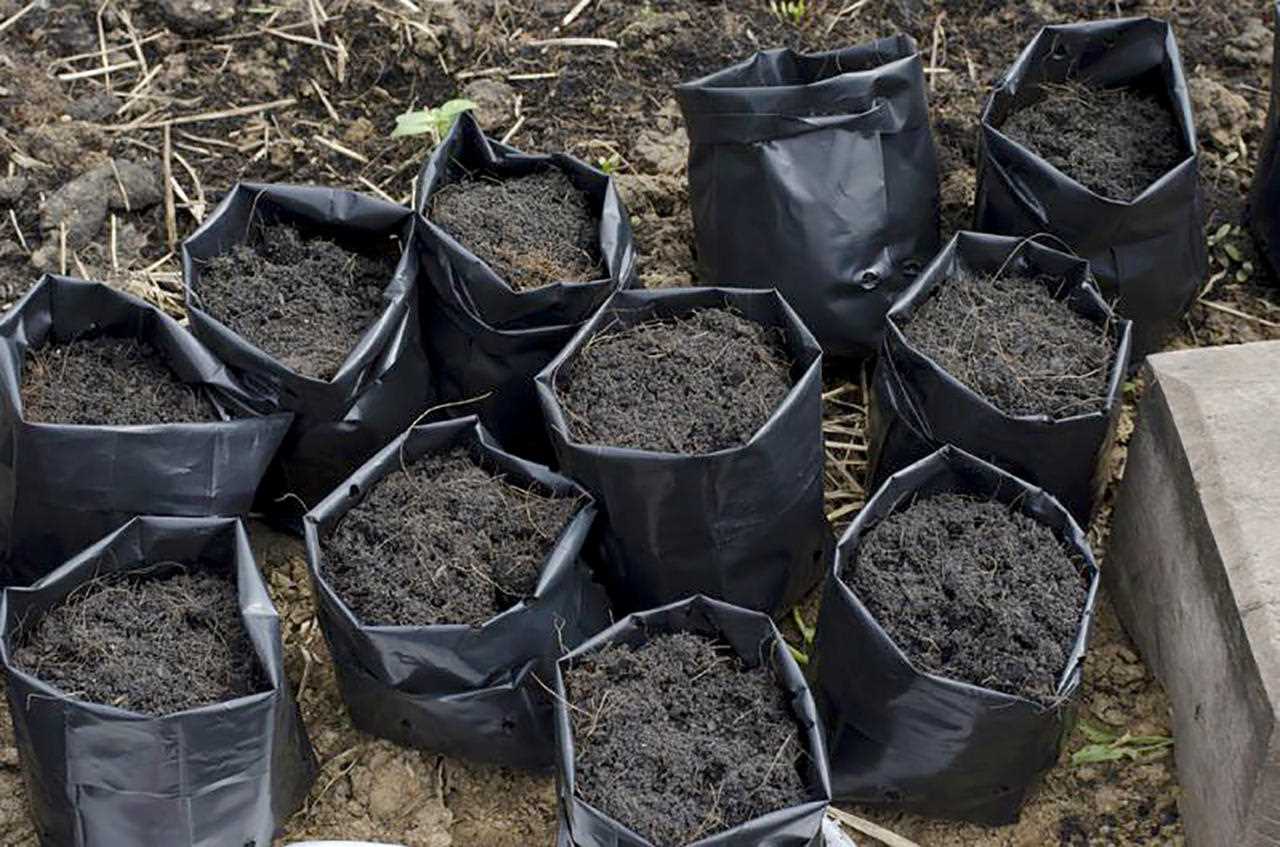
Кислотность почвы выражается величиной рН, которая оказывает влияние на доступность питательных веществ для растений. Нейтральная кислотность соответствует значениям рН 7,0. Значения ниже 7,0 указывают на кислую среду, а значения выше 7,0 – на щелочную.
Кислотность почвы может варьировать в широких пределах от очень кислой до очень щелочной. Определение конкретного значения рН позволяет оценить состояние почвы и принять соответствующие меры для подготовки грунта под рассаду.
Методы измерения кислотности почвы
Существует несколько методов измерения кислотности почвы. Один из самых распространенных методов – использование универсального индикатора рН. Этот индикатор представляет собой краситель, который меняет свой цвет в зависимости от значения рН.
Для определения кислотности почвы также используются специальные тест-наборы, которые содержат все необходимые реагенты и инструкции по проведению анализа. Такие наборы позволяют получить более точные результаты и определить не только кислотность, но и другие параметры почвы, например, содержание нитратов или общую щелочность.
Важно проводить анализ кислотности почвы перед посадкой рассады, чтобы правильно подготовить грунт под определенные культуры. В случае необходимости, можно провести коррекцию кислотности с помощью добавления нужных удобрений или веществ, которые могут изменить рН почвы в нужном направлении.
Улучшение плодородия грунта
Улучшение плодородия грунта является важной задачей для успешного выращивания рассады растений.
Органические удобрения – это один из способов улучшить плодородие грунта. Использование компоста, перегноя или других органических веществ может обогатить почву полезными микроэлементами и питательными веществами, что положительно сказывается на росте рассады.
Важно помнить, что органические удобрения необходимо внести в почву заранее, до посадки рассады, чтобы они успели разложиться и стать доступными для корней растений.
Минеральные удобрения также могут помочь улучшить плодородие грунта. Они содержат определенные сочетания питательных элементов, которые растения могут использовать для своего развития. Например, азот, фосфор и калий – основные элементы, необходимые для роста растений и формирования плодов.
Однако важно соблюдать правильную пропорцию при использовании минеральных удобрений и не перегружать почву излишком химических веществ.
Для определения необходимости использования удобрений и их пропорции можно провести анализ почвы в специальной лаборатории.
Дренаж – еще один способ улучшить плодородие грунта. Плохая дренажная система может привести к затоплению корней рассады, что может повлечь за собой их гниение и гибель. Установка дренажных систем, таких как дренажные трубы или ямы, может помочь справиться с излишней влагой в почве.
Кроме того, улучшение плодородия грунта может быть достигнуто через регулярный поворот культур. Последовательное выращивание разных видов растений на том же участке почвы помогает предотвратить истощение почвы и сохранить ее плодородие.
Также стоит обратить внимание на полив рассады. Регулярный полив, особенно в период роста, помогает поддерживать оптимальный уровень влажности в почве, что способствует лучшему росту рассады и улучшает плодородие грунта.
Так стоп!!! Вы всё ещё не подписаны на наши каналы в Телеграмм и Дзен? Посмотрите: ТГ - (@historyfantasydetectivechat) и Дзен (https://dzen.ru/myshortsstorys)
Установление оптимального уровня влажности
Оптимальный уровень влажности грунта является одним из важных факторов для успешного выращивания рассады. Значение влажности влияет на развитие корневой системы, усвоение питательных веществ и обмен газов растениями.
Для установления оптимального уровня влажности необходимо правильно организовать полив рассады. Работу следует вести по регламенту, учитывая индивидуальные особенности каждого вида растений. Обычно, чаще поливают рассаду в период активного роста и развития, а затем, когда растения укоренятся, уменьшают частоту поливов.
Определить степень влажности грунта можно с помощью специальных инструментов, например, гидрометра. Также можно провести пробу грунта вручную — надавить на него ладонью и оценить его влажность. Важно помнить, что недостаток влаги может привести к засохшей рассаде, а избыток влажности может вызвать гниение корней и развитие грибковых заболеваний.
Идеальным считается уровень влажности грунта, когда он достаточно влажен, но при этом не наблюдается скопление воды на поверхности. Для достижения такого результата, можно регулярно проверять уровень влажности грунта и осуществлять полив в соответствии с потребностями растений.
Применение органических удобрений
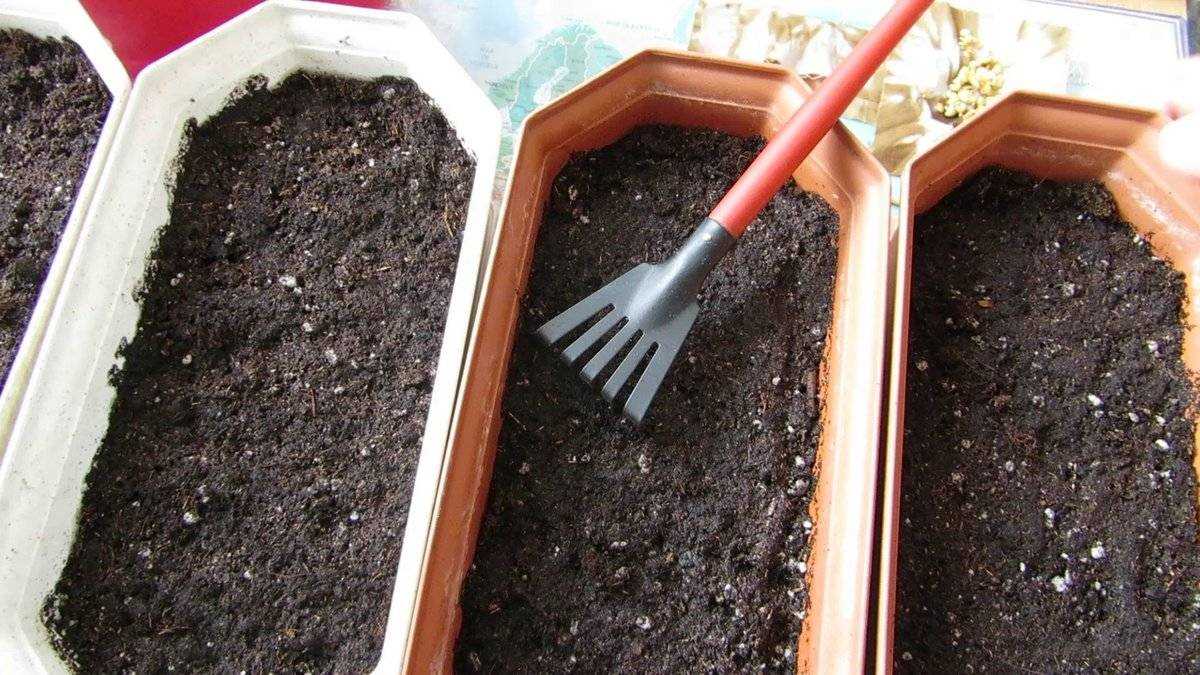
Органические удобрения играют важную роль в подготовке грунта для рассады. Они содержат натуральные элементы питания, способствующие здоровому росту растений и улучшению плодородия почвы.
Одним из наиболее популярных органических удобрений является компост. Компост представляет собой переработанный органический материал, такой как остатки пищи, листья и скошенная трава. Он богат питательными веществами и способствует улучшению структуры грунта.
Солома — еще одно распространенное органическое удобрение, которое можно использовать для подготовки грунта для рассады. Солома богата органическими веществами, такими как углерод и азот, которые не только улучшают плодородие почвы, но и помогают сохранить ее влагу.
Также можно применять органические удобрения в виде навоза или перегноя, которые содержат много питательных веществ, таких как азот, фосфор и калий. Они способствуют росту растений, укрепляют их иммунную систему и увеличивают урожайность.
Не стоит забывать и о зеленом удобрении, которое включает такие растения, как клевер, люцерна и горчица. Они помогают восстановить плодородие почвы, улучшают ее структуру и способствуют удержанию влаги.
Использование органических удобрений не только обогащает почву необходимыми питательными веществами, но и способствует сохранению ее здоровья на долгосрочной основе. Они экологически безопасны и могут быть легко воспроизведены на фермерских хозяйствах или дома.
Разрыхление грунта
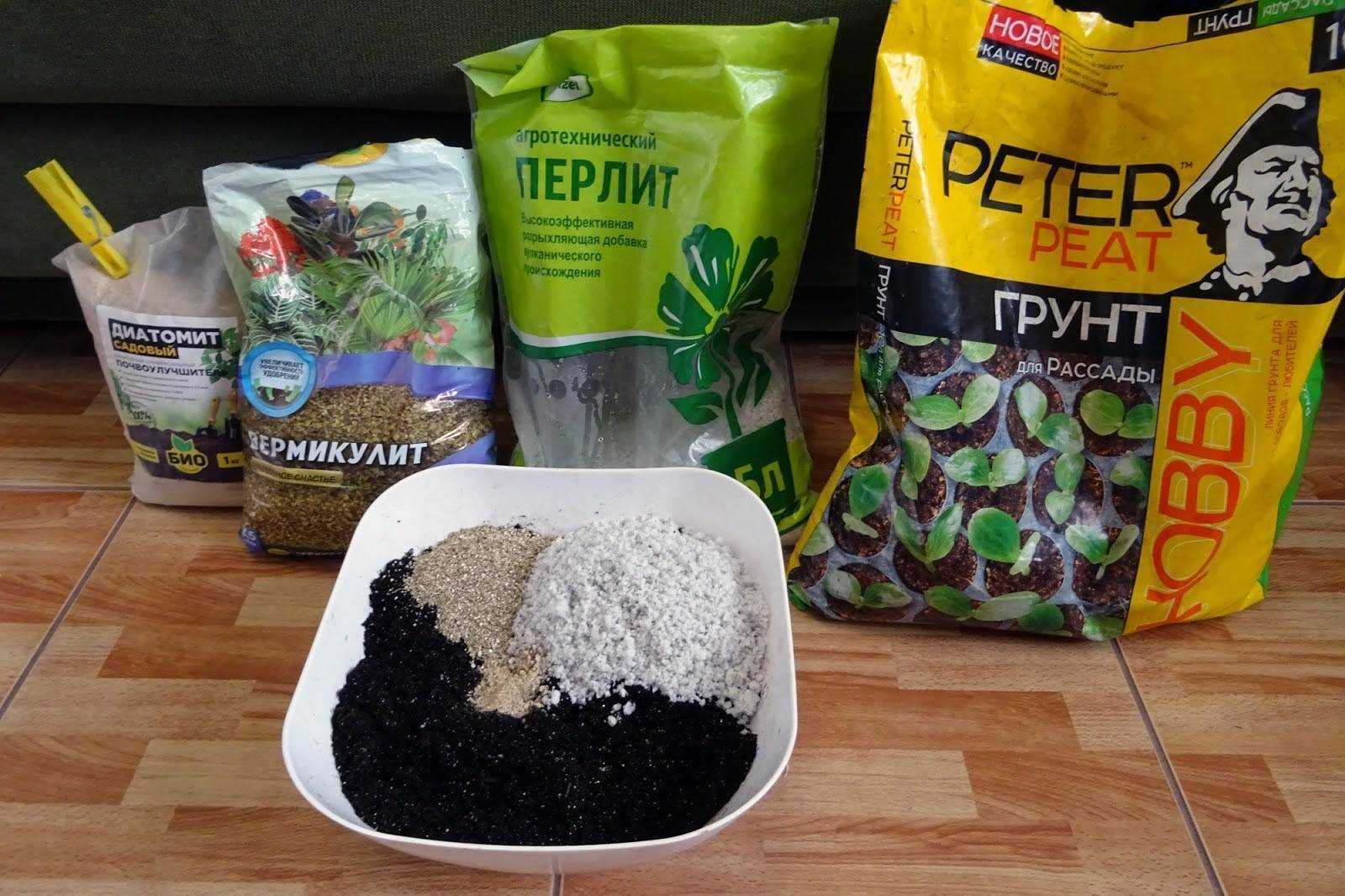
Разрыхление грунта является важным этапом подготовки почвы для рассады. Оно позволяет улучшить структуру почвы, обеспечивая доступность кислорода и влаги для корней растений.
Для разрыхления грунта используются различные инструменты, такие как культиваторы, грабли или лопаты. Основной принцип работы заключается в проходе инструмента по поверхности почвы и её перекопке.
Разрыхление грунта способствует образованию воздушных полостей, которые облегчают проникновение корней вглубь почвы. Кроме того, это позволяет улучшить водопроницаемость грунта, избежать застоя влаги и предотвратить развитие гнилости у корней растений.
Оптимальное время для разрыхления грунта — весна и осень. Весной это позволит обеспечить рассаду хорошим стартом, а осенью подготовить почву для посева следующего сезона. Важно помнить, что разрыхление грунта следует проводить после обильного полива или дождя, чтобы улегчить процесс и избежать повреждения корней растений.
Борьба с сорняками
Сорняки — это растения, которые растут вне зависимости от нашего желания и могут нанести значительный вред растениям, которые мы выращиваем. Они конкурируют с рассадой за влагу, питательные вещества и свет, и могут даже подавить ее рост.
Чтобы бороться с сорняками и уберечь рассаду от них, важно применять соответствующие методы и техники. Перед посадкой рассады необходимо осуществить тщательную подготовку грунта, включая очистку от сорняков и их корней.
Методы борьбы с сорняками
- Ручная выкопка — это самый простой способ борьбы с сорняками. Периодически проводите осмотр грядок и аккуратно удаляйте все сорняки вместе с корнями, чтобы предотвратить их повторный рост.
- Мульчирование — это метод, при котором грядки покрываются слоем мульчи, таким как опилки, солома или трава. Это создает барьер для сорняков, ограничивает доступ света и мешает их росту и развитию.
- Применение гербицидов — химические средства, которые уничтожают сорняки. Однако, необходимо быть осторожным и использовать гербициды согласно инструкции, чтобы не повредить рассаду и окружающую среду.
- Правильный полив и удобрение — регулярный полив и подкормка рассады помогут ей расти активнее и занять пространство, не давая сорнякам укорениться. Удобрения также способствуют укреплению рассады и повышают ее устойчивость к конкуренции с сорняками.
Используя эти методы, вы можете успешно бороться с сорняками и обеспечить здоровое и сильное развитие вашей рассады. Поддерживайте грядки в чистоте, регулярно удаляйте сорняки и применяйте необходимые меры, чтобы сохранить растения здоровыми и обильными.
Защита от вредителей
Подготовка грунта для рассады включает в себя также меры по защите от вредителей, которые могут нанести значительный ущерб посадкам. Защита от вредителей позволяет обеспечить здоровый рост и развитие растений, а также повысить их урожайность.
Использование биологических препаратов
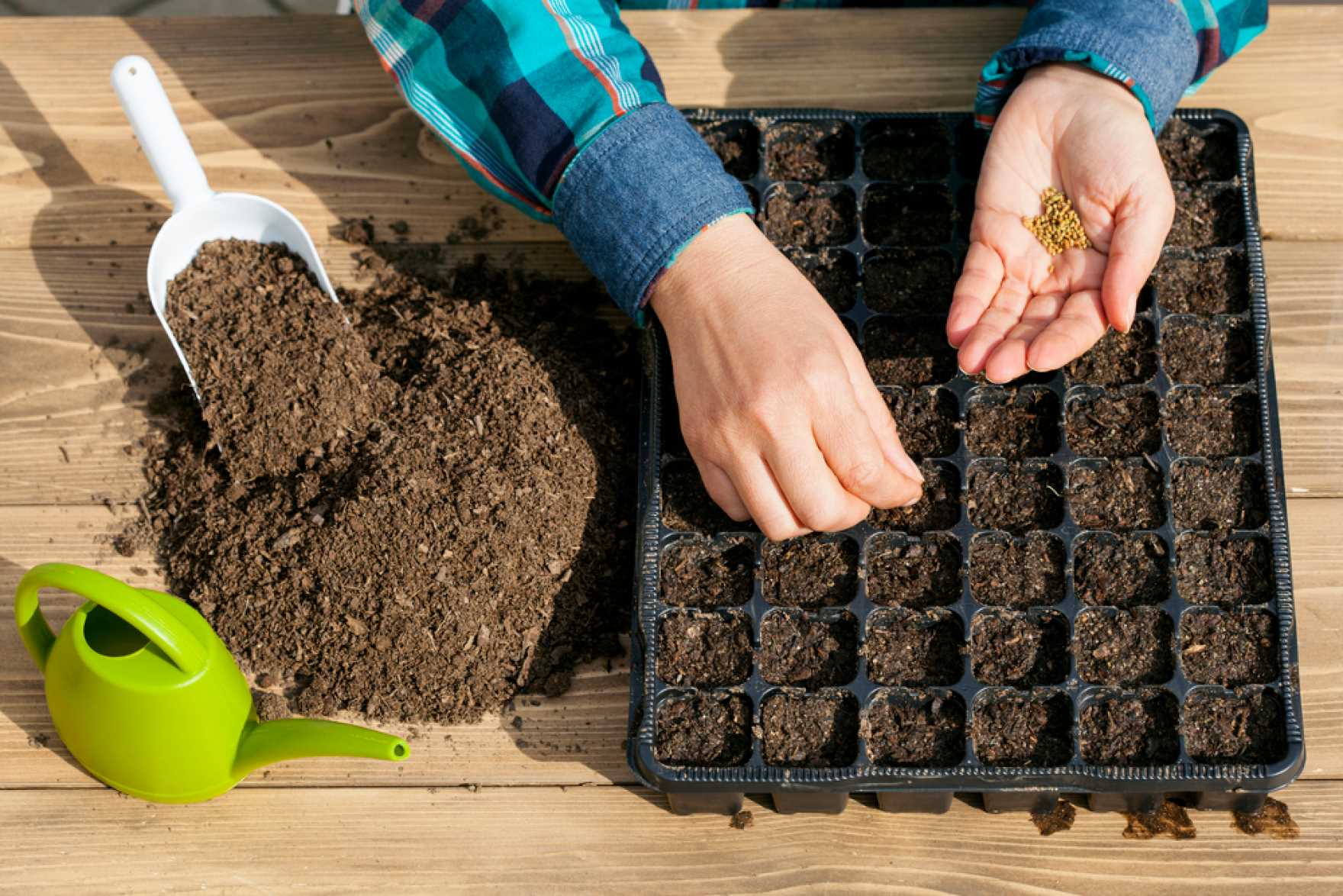
Одним из эффективных способов борьбы с вредителями является использование биологических препаратов. Это нежно по отношению к окружающей среде метод, который основан на использовании живых организмов для контроля вредителей. Такие препараты могут содержать полезных насекомых, бактерии, грибы или вирусы, которые атакуют вредителей и предотвращают их размножение.
Применение механических барьеров
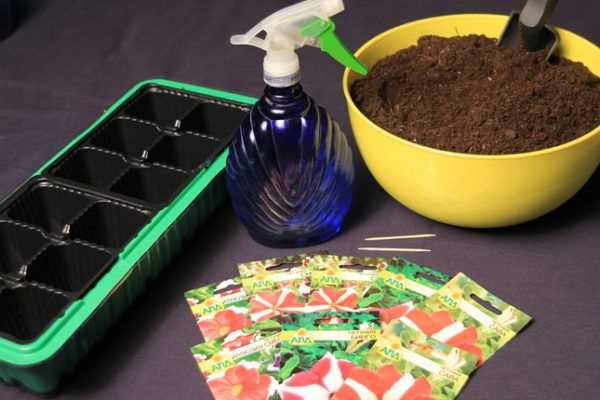
Для защиты рассады от вредителей также можно использовать механические барьеры. Например, можно установить специальные сетки или натянуть пленку над посадками. Это поможет предотвратить проникновение насекомых и защитит растения от возможных повреждений.
Применение химических препаратов
В случае сильного поражения рассады вредителями может понадобиться применение химических препаратов. Однако их использование должно быть обоснованным и осуществляться в соответствии с инструкциями производителя. Химические препараты могут помочь в борьбе с вредителями, но следует помнить о возможной опасности для человека и окружающей среды.
Все вышеперечисленные методы являются важными компонентами подготовки грунта для рассады и помогут обеспечить ее здоровый рост и развитие.
Правила использования минеральных удобрений
Минеральные удобрения являются неотъемлемой частью процесса подготовки грунта для посадки рассады. Они содержат необходимые для растений макро- и микроэлементы, которые улучшают их рост и развитие. Однако, чтобы достичь оптимального эффекта, необходимо соблюдать некоторые правила при использовании минеральных удобрений.
Выбор и пропорции
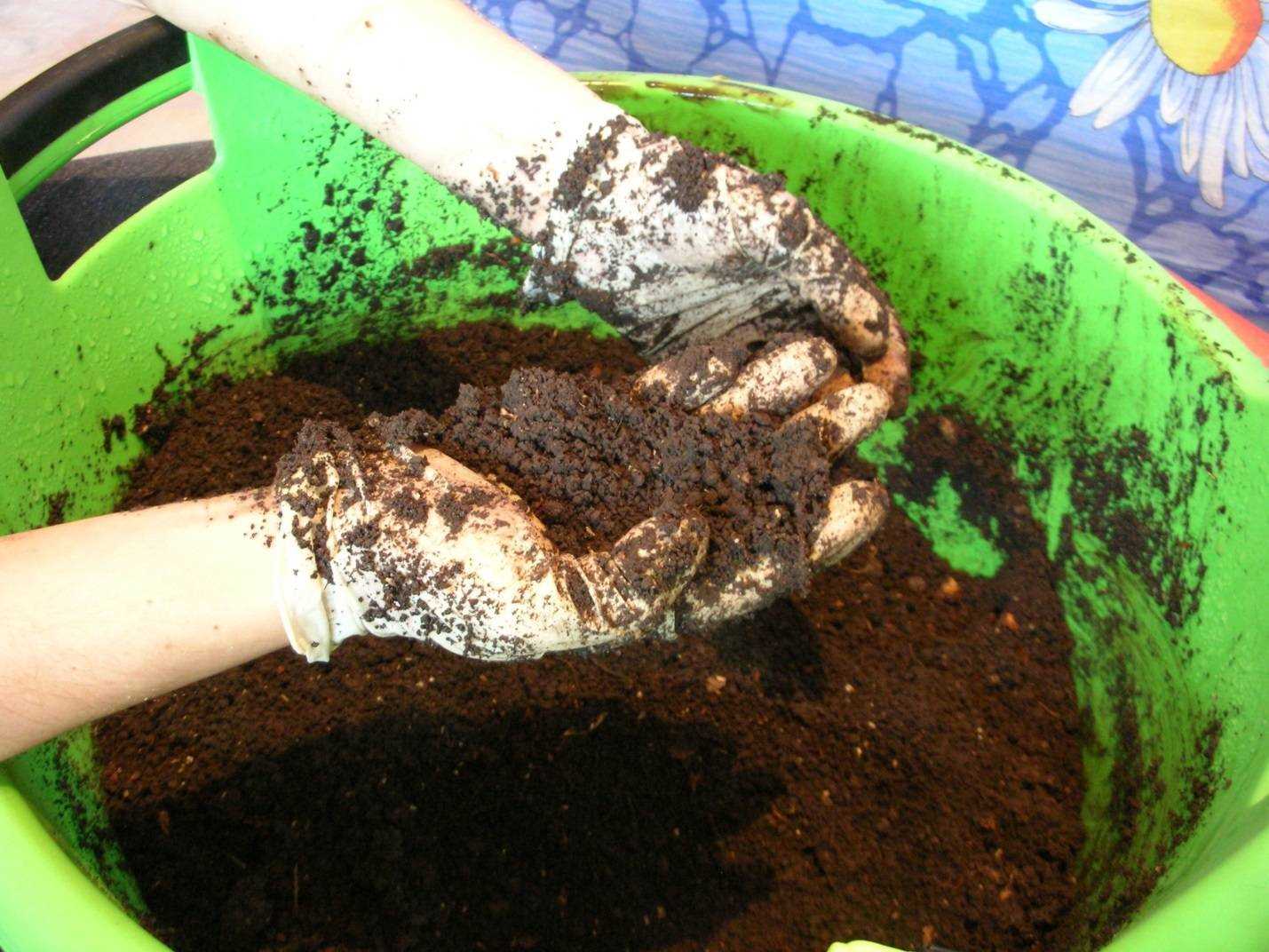
Перед использованием минеральных удобрений необходимо определить потребности растений в определенных питательных веществах. Важно выбрать правильный состав минерального удобрения и установить процентное содержание необходимых элементов. При избыточном применении удобрений может произойти переувлажнение почвы и негативное воздействие на рост рассады. Следует придерживаться указанных в инструкции пропорций и рекомендаций по применению конкретного вида удобрения.
Время и способ применения
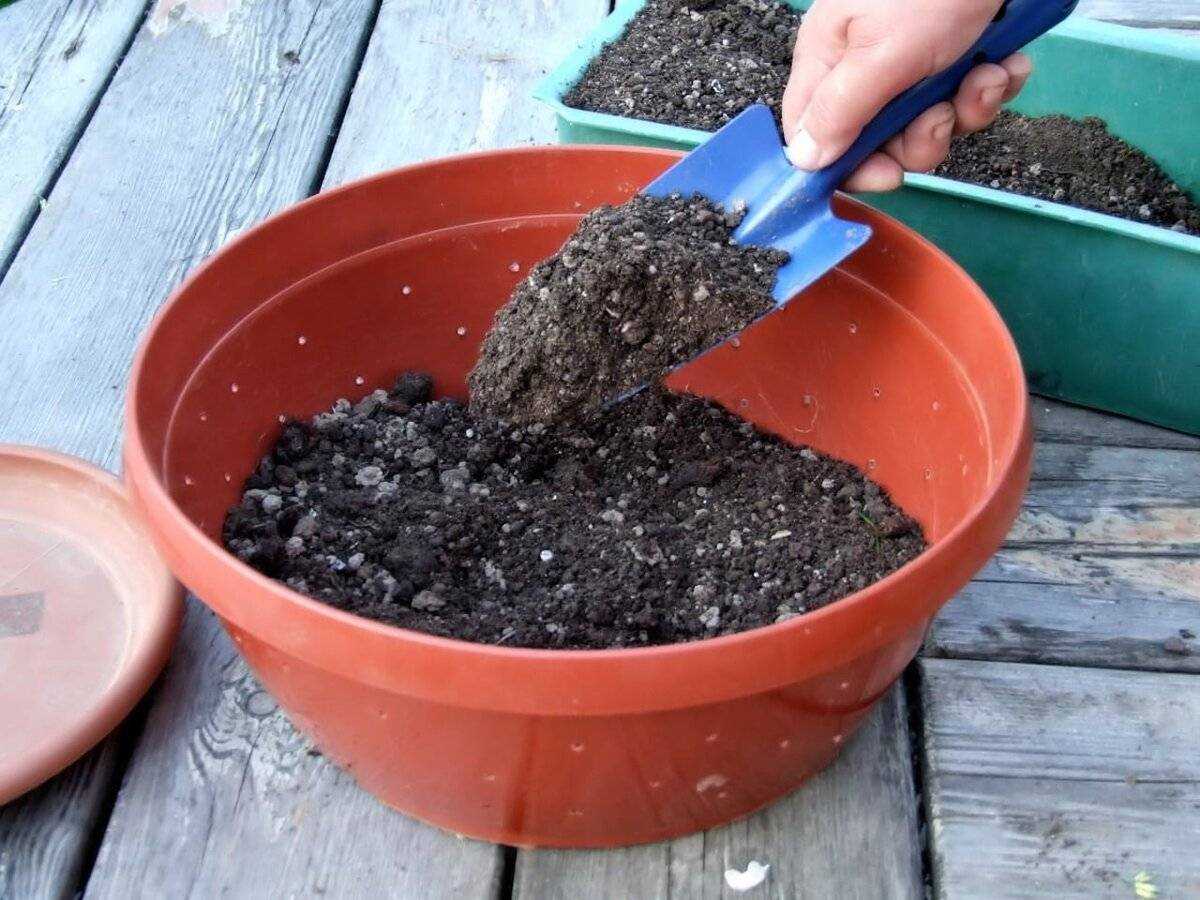
Минеральные удобрения следует применять в определенное время и способом. Некоторые удобрения необходимо вносить до посадки рассады, другие — в процессе роста растений. Важно также правильно распределить удобрение по грунту, чтобы оно равномерно достигло корневой системы растений. Нельзя применять удобрения сразу после полива или во время сильной жары, чтобы избежать обжига корней и испарения питательных веществ.
Совместимость с другими удобрениями
Некоторые удобрения могут быть несовместимы с другими. При комбинированной подкормке необходимо учитывать специфику удобрений и их реакцию на взаимодействие с другими препаратами. Рекомендуется проводить тестовые внесения удобрений на небольшой площади и наблюдать за реакцией растений. Если появляются признаки плохого взаимодействия, следует менять состав удобрений или раздельно применять их в разные периоды времени.
Вопрос-ответ:
Какой грунт лучше использовать для выращивания рассады?
Для выращивания рассады рекомендуется использовать специальный грунт, который содержит все необходимые питательные вещества и обеспечивает хорошую дренажность.
Что нужно сделать перед посевом рассады?
Перед посевом рассады необходимо приготовить грунт. Он должен быть рыхлым, хорошо пропускать воздух и воду. Также рекомендуется добавить органическое удобрение для обеспечения растениям необходимых питательных веществ.
Какие ингредиенты можно добавить в грунт для выращивания рассады?
В грунт для выращивания рассады можно добавить органическое удобрение, такое как перегной, компост или торф. Также можно добавить минеральные удобрения, такие как азот, фосфор и калий.
Можно ли использовать обычный садовый грунт для выращивания рассады?
Обычный садовый грунт не всегда подходит для выращивания рассады, так как он может быть слишком грубым или содержать слишком много грунта. Рекомендуется использовать специальный грунт, который обеспечивает растениям необходимые условия для роста и развития.
Как правильно подготовить грунт для рассады?
Для правильной подготовки грунта для рассады нужно смешать его с органическим удобрением, таким как перегной или компост. Затем грунт следует просеять, чтобы убрать крупные частицы и обеспечить рыхлость. Также рекомендуется увлажнить грунт перед посевом рассады.

